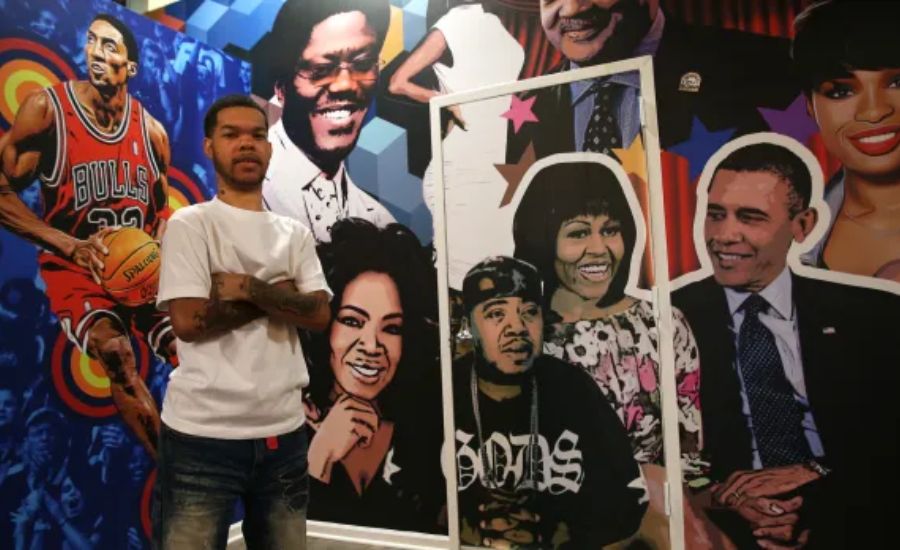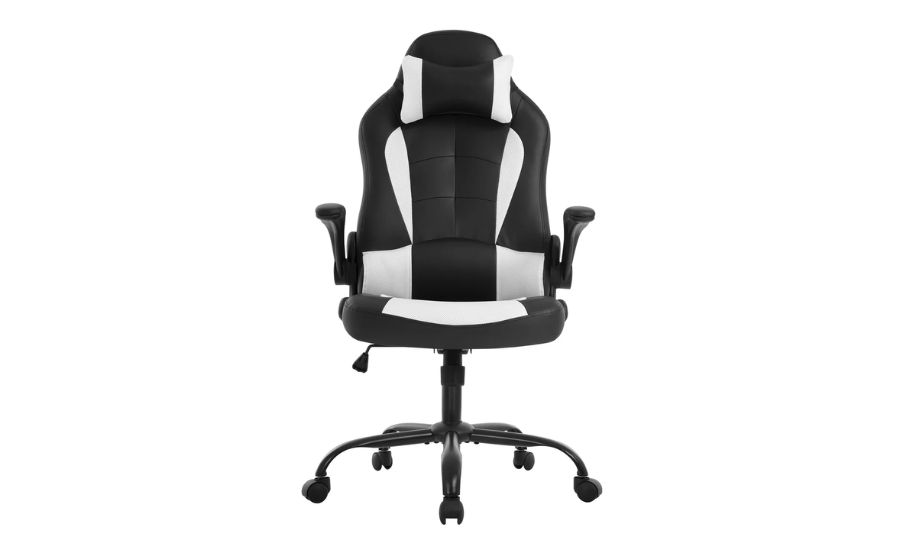Introduction to Chicago Guy Puts his Brothers on a Cardboard Cutout
In the sector of astronomy education, simple gear could make complex principles less difficult to grasp. A cardboard cutout of an elliptical orbit serves as an interactive learning resource, helping students visualize how celestial bodies flow in area. Rather than being only a decorative detail, this progressive version demonstrates planetary motion, comet trajectories, and the concepts of orbital mechanics in a tangible chicago guy puts his brothers on a cardboard cutout way.
By the usage of a cardboard orbit model, learners can physically hint the elliptical paths of planets around the sun, gaining a deeper expertise of Kepler’s Laws of Planetary Motion. This arms-on method not most effective enhances engagement however also strengthens spatial reasoning and conceptual retention.
Astronomy educators and lovers alike can use this on hand, price-powerful tool to make abstract space technology topics more relatable and interactive. Whether in school rooms, science gala’s, or DIY gaining knowledge of chicago guy puts his brothers on a cardboard cutout setups, a cardboard cutout elliptical orbit bridges the gap between theoretical knowledge and actual-global celestial mechanics.
Understanding Elliptical Orbits Through Cardboard
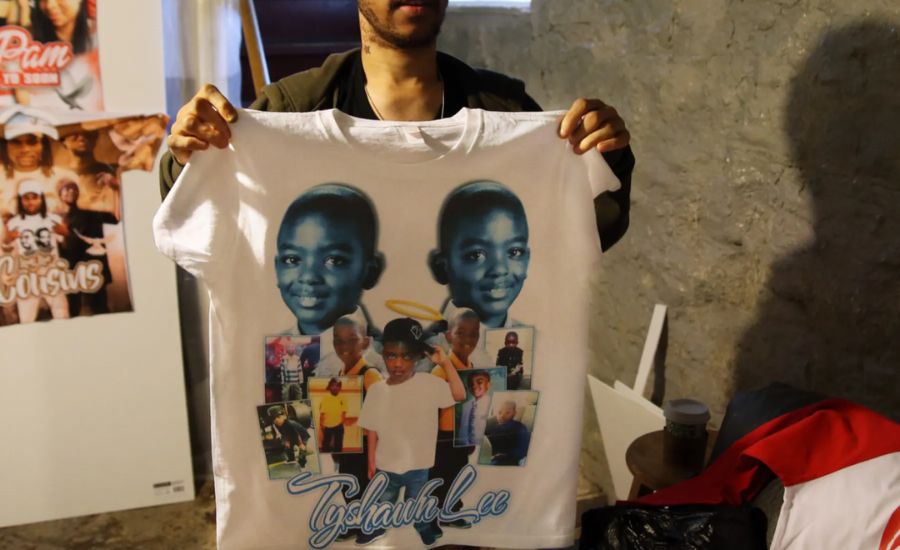
In astronomy, elliptical orbits describe how objects, along with planets and comets, move round a important frame just like the Sun. Unlike best circles, these orbits are oval-fashioned, with their form defined by eccentricity—a degree of ways stretched out the ellipse is. A key function of elliptical orbits is that a planet is closer to chicago guy puts his brothers on a cardboard cutout the Sun at perihelion and farthest away at aphelion, inflicting variations in its speed as it travels.
Using a cardboard cutout model to demonstrate an elliptical orbit affords a tangible way to visualise these celestial mechanics. By shaping the cardboard into an ellipse and placing the Sun at considered one of its focal points, college students can bodily study how planetary pace modifications based on distance from the Sun. This fingers-on approach makes it simpler to grasp Kepler’s Second Law of Planetary Motion, which states that planets flow quicker when closer to the Sun and slower when farther away.
This easy but powerful learning tool bridges chicago guy puts his brothers on a cardboard cutout theoretical knowledge with real-international software, making astronomy more interactive, enticing, and reachable to freshmen of all levels.
The cardboard cutout of an elliptical orbit is extra than just a medical version—it’s a fusion of education and artistic expression. By integrating palms-on learning with creativity, this easy but effective tool transforms the way college chicago guy puts his brothers on a cardboard cutout students and educators engage with astronomical concepts. Whether used in lecture rooms, homeschooling environments, or as a amusing DIY mission, it brings technology to life in an interactive and visually engaging manner.
Enhancing Learning Through Creativity
Crafting an elliptical orbit from cardboard affords a tactile and visible experience that strengthens comprehension. Instead of simply reading approximately orbital mechanics, beginners actively assemble and manage the model, making abstract clinical concepts simpler to comprehend. Decorating the cutout with shades, labels, or maybe 3D elements lets in for customized studying, reinforcing knowledge through creative engagement.
A Gateway to Deeper Astronomical Exploration
This easy model also serves as a basis for exploring Kepler’s Laws, gravity, and planetary movement. By bodily moving gadgets alongside the elliptical route, newbies can see firsthand how a planet’s velocity adjustments as it moves in the direction of or farther from the Sun. This interactive detail encourages crucial questioning and interest, inspiring similarly discussions on subjects along with gravitational forces, inertia, and celestial mechanics.
Making Science Engaging and Accessible
Beyond its academic value, the card cutout version is an inclusive mastering device suitable for all ages. It fosters collaborative gaining chicago guy puts his brothers on a cardboard cutout knowledge of, making technology reachable, enticing, and fun. Through this creative technique, newcomers expand a deeper appreciation for astronomy, bridging the gap among theoretical knowledge and sensible application.
The use of a cardboard cutout to model an elliptical orbit demonstrates how easy materials can be transformed into effective instructional tools. This technique no longer most effective makes getting to know available and less expensive however additionally complements comprehension via palms-on engagement.
Affordable and Widely Accessible
Cardboard is a without difficulty to be had, price range-pleasant material, making this mastering technique inclusive for college students, educators, and fanatics alike. Schools, homeschoolers, and technological know-how clubs can without difficulty combine this model into their curriculum without financial constraints, making sure chicago guy puts his brothers on a cardboard cutout that astronomy training remains reachable to all.
User-Friendly and Engaging
One of the standout advantages of this version is its ease of assembly. With just basic materials like cardboard, string, and markers, novices of every age and skill levels can actively take part in building and exploring elliptical orbits. This palms-on technique gets rid of barriers to information and fosters a experience of interest and engagement in technology.
Enhancing Learning Through Visual and Kinesthetic Interaction
Studies show that combining visible and physical interplay enhances reminiscence retention and conceptual know-how. By bodily transferring chicago guy puts his brothers on a cardboard cutout a planet along the elliptical direction, newbies gain a real-world perspective on how celestial bodies flow thru area. This model reinforces ideas together with Kepler’s legal guidelines, gravitational pull, and variations in orbital velocity, making summary theories more tangible and simpler to comprehend.
Bridging Science and Creativity
Beyond its educational advantages, the card elliptical orbit venture additionally encourages innovative expression. Whether thru adorning the model, customizing planetary paths, or including additional elements, novices can chicago guy puts his brothers on a cardboard cutout customise their initiatives at the same time as developing a deeper appreciation for astronomy.
Cardboard Cutout of an Elliptical Orbit: A Hands-On Approach to Understanding Celestial Motion
Real-Time Motion Demonstration
By bodily manipulating a cardboard elliptical orbit version, beginners advantage a actual-time visual demonstration of the way planets and different celestial our bodies orbit the solar. This palms-on technique provides direct insights into the dynamics of orbital mechanics, inclusive of how velocity and distance range relying on a planet’s role in its orbit. Observing these modifications in movement makes the chicago guy puts his brothers on a cardboard cutout complicated concept of celestial dynamics greater tangible and comprehensible.
Interactive Learning Experience
This version serves as a powerful interactive teaching device for educators. Instead of relying solely on theoretical reasons, teachers can use the model to illustrate orbital principles in a dynamic, engaging way. This interactive method facilitates bridge the space among summary standards like eccentricity, perihelion, and aphelion and their real-international packages, making mastering more attractive and powerful for college students of all stages.
Fostering Curiosity and Exploration
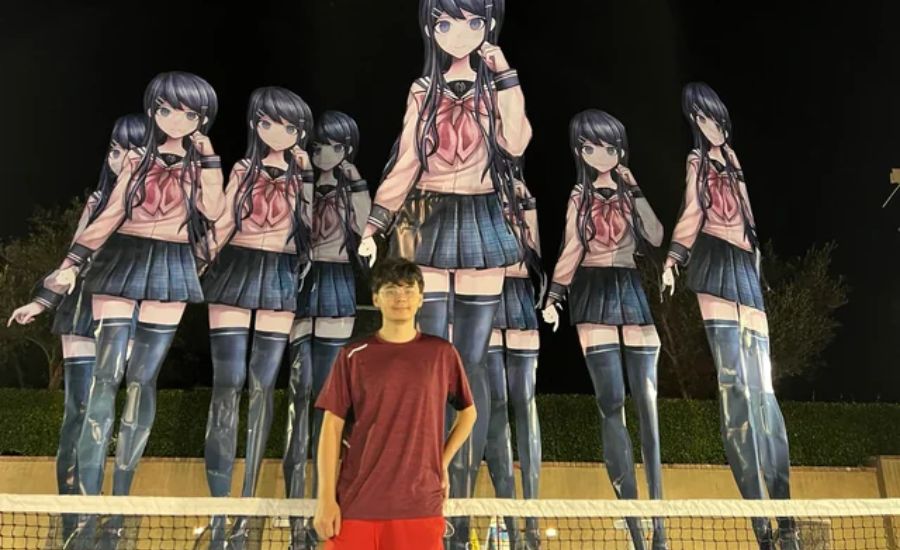
As college students adjust the planetary positions along the orbit, they’re recommended to have a look at, query, and hypothesize about the forces at play. They can test with how gravitational forces effect a planet’s pace or how converting chicago guy puts his brothers on a cardboard cutout the orbit’s eccentricity alters movement. This procedure encourages critical questioning and medical curiosity, inspiring college students to explore deeper into subjects like Kepler’s legal guidelines of planetary movement or Newtonian mechanics.
Why It Matters in Education
Using a palms-on version like a cardboard elliptical orbit does extra than just display medical concepts. It allows students make actual-international connections and cultivates a love for discovery. By combining physical pastime.With theoretical gaining knowledge of, students are much more likely to maintain knowledge and increase a long-lasting hobby in technology.
Bridging the Gap Between Art and Science with Elliptical Orbit Models
Personalized Artistic Expression
A cardboard elliptical orbit venture offers more than just a manner to understand planetary motion; it affords an opportunity for creativity and personalization. Learners can paint, beautify, or maybe layout their models, incorporating inventive expression into their instructional journey. This innovative customization now not best enhances the aesthetic appeal of the project however additionally helps college students form chicago guy puts his brothers on a cardboard cutout a deeper connection with the clinical ideas they’re exploring.
A Multidisciplinary Learning Experience
This task goes past teaching simply astronomy. By combining elements of art, design, and engineering, it promotes a multidisciplinary method that complements the studying experience. Students can apply creative abilties to layout their fashions at the same time as also attractive with engineering principles as they assemble a purposeful version that as it should be represents orbital dynamics. This integration of numerous disciplines allows students see the interconnectedness of understanding and fosters well-rounded intellectual improvement.
Celebrating Student Creativity and Achievement
Once completed, these models serve as a testomony to students’ hard work and creativity. Displaying their projects in classrooms, technological know-how gala’s, or even public exhibitions offers college students with an possibility to showcase their efforts. This no longer simplest boosts their self assurance however also helps to reinforce the cloth and encourages a experience of satisfaction in their learning adventure. Public exhibitions of those tasks deepen pupil engagement and create opportunities for peer learning and collaboration.
Expanding the Learning Experience: Connecting Theory with Real-World Applications
Linking Models to Real-World Astronomy
Bringing the cardboard elliptical orbit version into real-international context chicago guy puts his brothers on a cardboard cutout permits students to bridge the gap among theoretical understanding and practical astronomy. By discussing how the version mirrors actual celestial mechanics, college students benefit a clearer information of how orbital dynamics are observed in area. This connection facilitates demystify complicated ideas and fosters a deeper appreciation for a way fashions assist scientists interpret astronomical phenomena.
Advanced Exploration for Older Learners
For more superior college students, the card version can act as a stepping stone toward more complex astronomical topics. By incorporating mathematical calculations associated with orbital durations and the distances between celestial our bodies, students can delve into the quantitative side of astronomy. This enables older rookies recognize the technology in the back of what they are looking at and strengthens their hold close on ideas which includes Kepler’s legal guidelines and Newtonian physics.
Bringing Current Space Exploration Into Focus
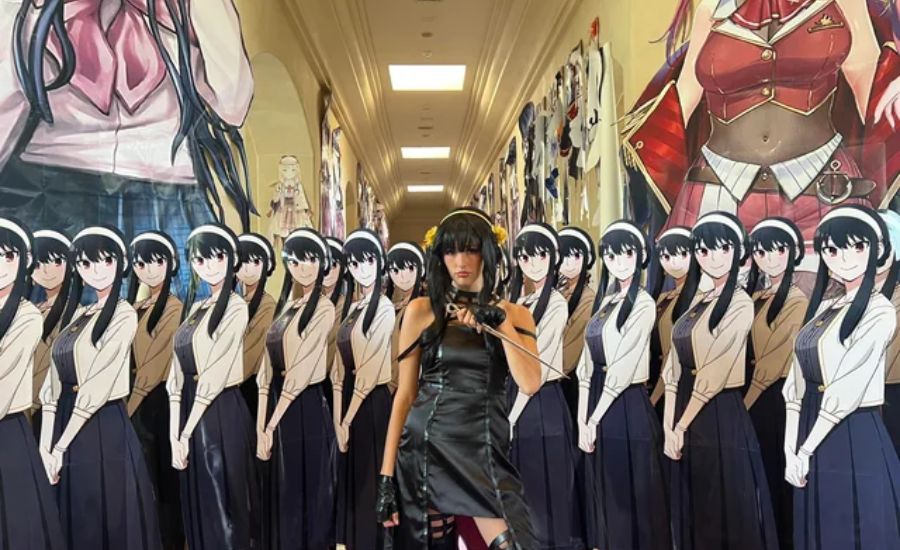
Relating the model to modern-day space missions or chicago guy puts his brothers on a cardboard cutout current discoveries within the field of astronomy ignites interest and relevance. Discussing how the version aligns with present day orbital research or the trails of real-international spacecraft can decorate students’ engagement and spark a real interest in space exploration. By connecting their learning to ongoing developments, college students can higher respect the actual-world significance of the theories they look at.
Facts:
- Interactive Learning Tool: The cardboard elliptical orbit model serves as a hands-on resource for understanding planetary motion, orbital mechanics, and Kepler’s Laws.
- Accessibility: Made from affordable, easily available materials, the model is budget-friendly and suitable for a wide range of learners, including those in schools, homeschooling setups, and science clubs.
- Creative Customization: The model allows students to personalize their projects by painting, decorating, or adding 3D elements, merging scientific learning with creativity.
- Multidisciplinary Approach: This project chicago guy puts his brothers on a cardboard cutout integrates elements of art, design, and engineering, making it a multidisciplinary learning experience that connects various fields of knowledge.
- Real-World Applications: The model helps students link theoretical astronomy concepts with real-world applications, including discussions on current space missions and discoveries.
- Advanced Exploration: Older students can use the model as a stepping stone to more advanced topics such as orbital calculations, Kepler’s Laws, and Newtonian physics.
- Engagement and Curiosity: Students actively chicago guy puts his brothers on a cardboard cutout manipulate the model, adjusting planetary positions and observing changes in movement, which promotes critical thinking and scientific inquiry.
Summary:
The cardboard cutout of an elliptical orbit is a hands-on educational tool designed to simplify the understanding of celestial mechanics. It provides a tangible way for students to visualize the movement of planets and other celestial bodies around the Sun, using an elliptical path. This tool, made from accessible materials such as cardboard, offers an interactive learning experience that reinforces concepts such as Kepler’s Laws of Planetary Motion, gravitational forces, and variations in speed as planets move closer chicago guy puts his brothers on a cardboard cutout to or farther from the Sun.
The project merges scientific learning with artistic expression, allowing students to personalize their models with colors, labels, and creative designs. It fosters a multidisciplinary approach, incorporating elements of art, design, and engineering. The model serves as a bridge between theoretical concepts and real-world applications, offering students a deeper understanding of astronomy while also sparking curiosity and promoting critical thinking.
The cardboard elliptical orbit model is affordable, easy to assemble, and adaptable for learners of all ages and skill levels. It encourages interactive learning, provides opportunities for hands-on exploration, and can be integrated into classrooms chicago guy puts his brothers on a cardboard cutout, science fairs, and DIY learning environments. By linking theoretical knowledge with practical applications, this model enhances comprehension and helps make the abstract concepts of astronomy more accessible and engaging.
FAQs:
1. What is the purpose of a cardboard elliptical orbit model?
The cardboard elliptical orbit model is designed to help students visualize and understand how celestial bodies, like planets and comets, move chicago guy puts his brothers on a cardboard cutout in elliptical orbits around a central body like the Sun. It provides a hands-on approach to learning about orbital mechanics and planetary motion.
2. How do students interact with the model?
Students physically manipulate the model by adjusting the positions of planets along their elliptical orbits. This allows them to observe changes in speed and distance from the Sun, providing a real-time visual demonstration of how planetary motion works.
3. Is the model easy to build?
Yes, the model is simple to create using basic materials like cardboard, string, and markers. It is an affordable and accessible tool for learners of all ages and skill levels.
4. Can students customize their models?
Absolutely! Students can decorate their cardboard models, label the planets, or even add 3D elements to make their projects chicago guy puts his brothers on a cardboard cutout unique and personalized. This encourages creativity while reinforcing scientific concepts.
5. What concepts does the model teach?
The model helps students understand concepts such as Kepler’s Laws of Planetary Motion, gravitational forces, orbital speed variations, and the concept of eccentricity in elliptical orbits. It also provides a gateway for further exploration into advanced topics like Newtonian physics and space exploration.
6. Is this model suitable for all age groups?
Yes, the cardboard elliptical orbit model is designed to be engaging and educational for learners of all ages, from younger students just learning about astronomy to older students exploring more complex astronomical topics.
7. How can this model be used in classrooms or science fairs?
In classrooms, educators can use the model to demonstrate orbital mechanics interactively. It can also be used in science fairs as a visually engaging project, allowing students to showcase their learning in a hands-on way.
8. How does the model relate to real-world astronomy?
The model offers a tangible representation of how celestial bodies move in space, making abstract concepts more relatable. By discussing chicago guy puts his brothers on a cardboard cutout current space missions and discoveries, educators can connect the model to real-world applications and deepen students’ appreciation for astronomy.
For more Information About Blog visit bloghives
